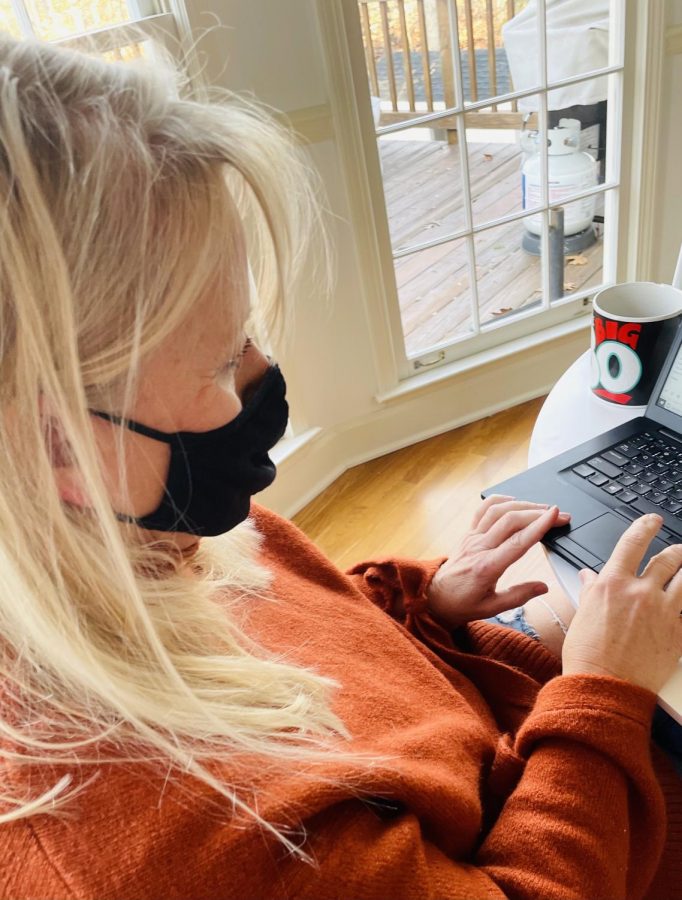In Order to Stop the Next Pandemic from CoV-2, the Origins of COVID-19 Must Be Discovered
“ People have to wear mask and take precaution of second pandemic because the true origin has yet to be discovered” ( photo by Gracie Ross).
February 4, 2021
COVID-19 is one of the most catastrophic global health events of our lifetime, and disturbingly we still do not know how it began. What is even more troubling is despite the importance of this question, the efforts to investigate the origins of the disease have become clouded by assumptions and incomplete information.
SARS-CoV-2 is a virus whose closest relatives RaTG13 and RmYN02 claimed to be from bats. COVID-19 was first reported in Yunnan Province, China. Yet, beyond these facts the story of the virus’s origin seems to be a missing piece of information in the research. Even though a definitive answer may not be forthcoming, and research of the origin requires addressing some strange possibilities, it is crucial to stopping a second pandemic from occurring.
There are several potential origins that people have come up with. First, the virus may have evolved from bats and spread to humans through natural mechanisms. Second, SARS-Cov-2 or a virus closely related may have been collected from bats or another similar animal and stored in a laboratory. Many argue that a deliberate engineering scenario is highly unlikely because one would not have the insight to design a pandemic virus, but ancestor viruses were already discovered in a laboratory prior.
Even though strong opinions have been held about the origin of the virus, no ideas should be ruled in or ruled out without clearly investigating the facts.
Just because there are no public reports and more proximal ancestors in natural hosts, doesn’t mean the ancestors don’t exist in natural host or that COVID-19 didn’t begin in a spillover event or studied in a laboratory.
The importance of figuring out the origins of the virus are important because if the virus did originate from a bat then efforts could be made to manage bat-human interference. If it was released from a lab, then it is crucial to study the chain of events of how it occurred. Rather than following hunches or pointing fingers, the best thing to do is to analyze the evidence scientifically.
So far, scientist have focused on the genome sequence of SARS-Cov-2. By doing that, researchers have found ancestral lineage. In order to find the parents and understand the virus’s history, we need to find additional genome sequences and measure SARS-Cov-2 evolution under a variety of different conditions so that the differences between viral genomes can be understood. Researchers should also identify if there is a host. Researchers should also collect data from antibody surveys of humans at high risk of coronavirus exposure.
Having a complete understanding of the origins of COVID-19 clearly serves the interest of everyone. Discovering the origin, will limit further exposure and prevent the next pandemic. It will also improve our discussions about science. Delineating COVID-19’s origin story will help to clearly explain the nature of our precarious coexistence within the biosphere, potentially saving countless lives.


